The practice of collecting tolls on bridges harks back to the days of ferry crossings where people paid a fee to be ferried across stretches of water. As boats became impractical to carry large loads, ferry operators looked for new sources of revenue. Having built a bridge, they hoped to recoup their investment by charging tolls for people, animals, vehicles, and goods to cross it.
from WIkipedia
Our area has proved to be no different. Enjoy our casual historian of HdG as he shares a few pieces of memorabilia of local toll bridges. Then continue reading for more details and photos.
Double-Decker Bridge over the Susquehanna


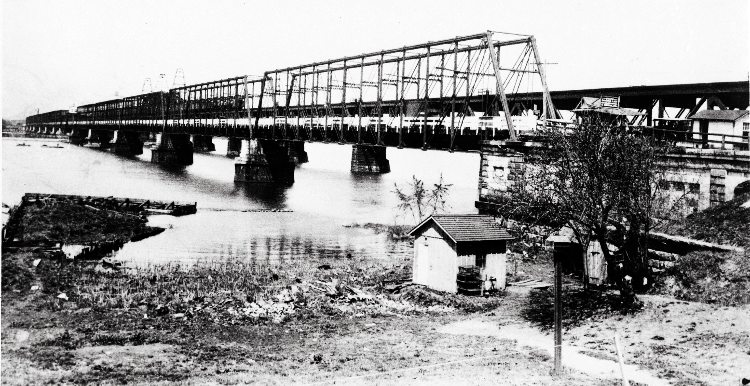
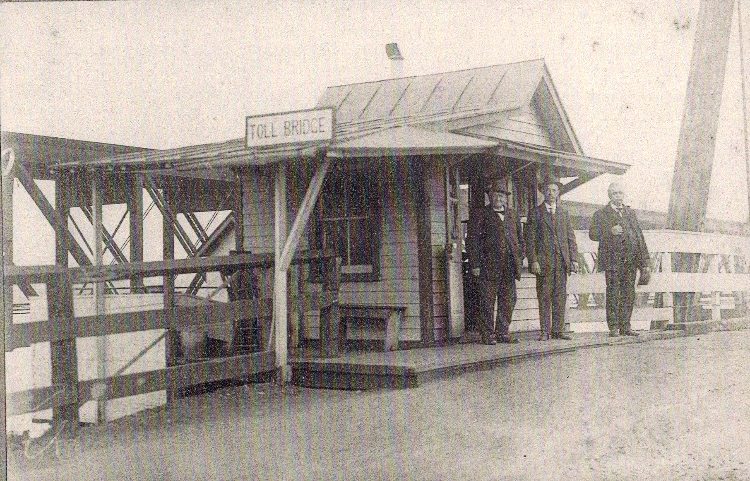
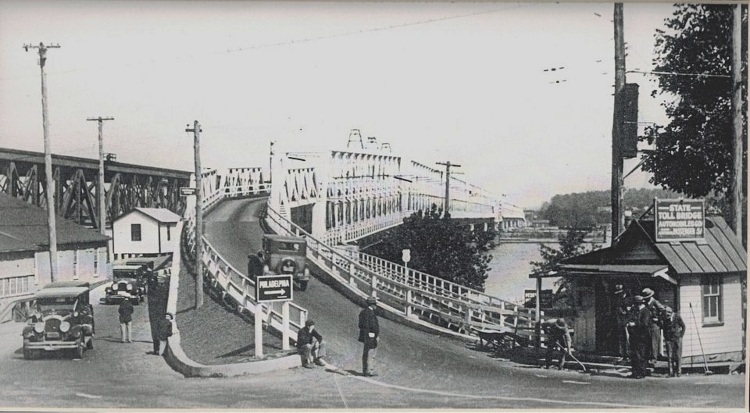
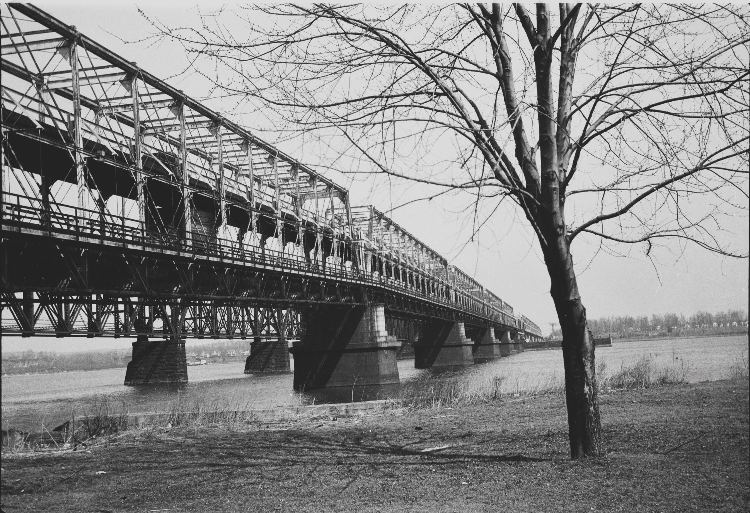
The Gold Mine Bridge
The old stone pilings next to the Amtrak Susquehanna River Bridge are the remnants of the double-decker bridge. But before it carried cars, it was the PB&W Railroad bridge. Built during the Civil War. In 1881 the Pennsylvania RR took control and built a new RR bridge (the present Susquehanna River Bridge that carries Amtrak and others today) in 1904-1906.
And here is where the story of the double-decker bridge gets interesting. Once the railroad no longer needed the bridge, they offered it to the powers-that-be in Harford and Cecil Counties. No one wanted it.
from Peter Jay’s news article:
Enter the entrepreneurs. Seven clear-thinking gentlemen, including two former mayors of Havre de Grace, put up $100 apiece and formed a corporation. The railroad gave the corporation the bridge. The new owners promptly converted it into a vehicular toll bridge – $1.50 for a truck, 50 cents for a car, 15 cents for a horse and wagon, 3 cents for a pedestrian. Business boomed, and the seven owners waxed prosperous. In each of the first two years, annual revenues were $7,000. By 1916 they hit $60,000 – and tolls had gone to $2 and $3 a car, to the screams of the populace.
from Peter Jay’s article in The Sun, Jan. 20, 1985
“Buy it!” people cried to the state, and so the state did, in 1923, for $585,000. As toll revenues had totaled close to $400,000, the original investors’ $700 had been shrewdly spent indeed. The state converted the bridge to a double-decker in 1928 and opreated it (toll-free once the purchase price was recovered) until the new Susquehanna River Bridge (now Hatem Bridge) opened 12 years later. During World War II the steel in the old bridge went for scrap – it cost $140,000 to dismantle, and the steel brought only $58,000 – but the 120-year old (in 1985) stone piers are still there.
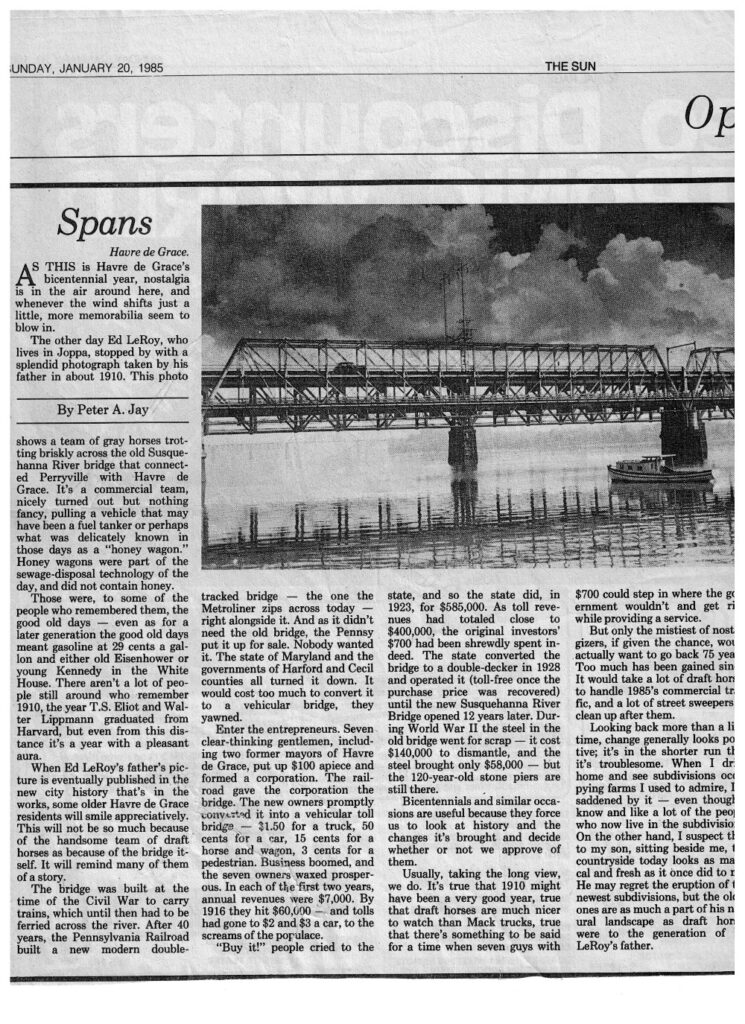
at Havre de Grace crossing the Susquehanna

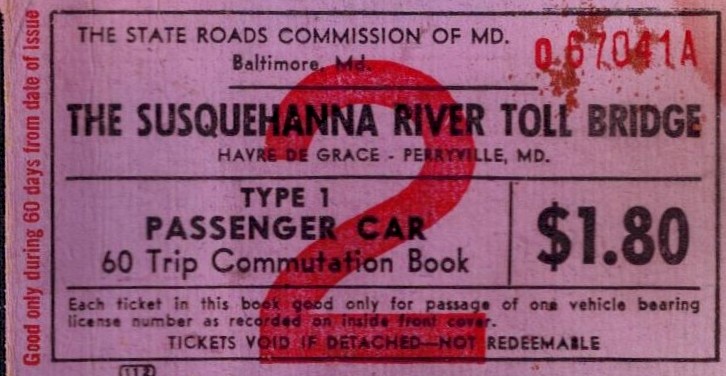
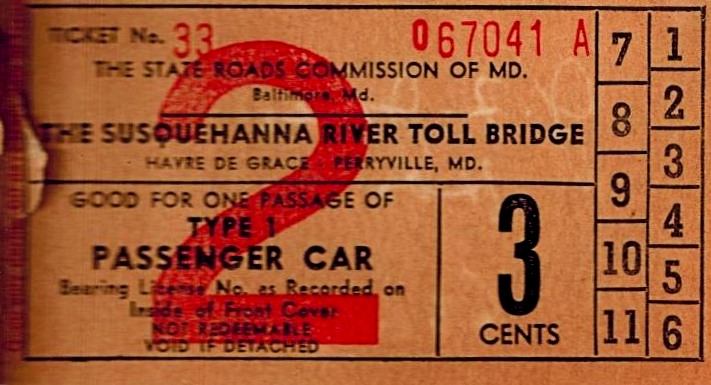

Hatem Bridge
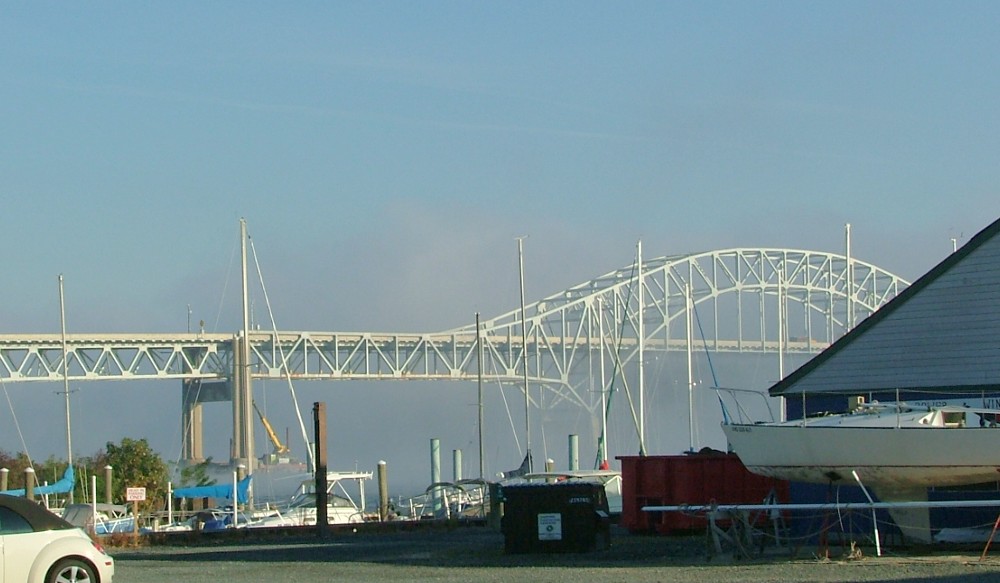
Opening in August 1940, the Susquehanna River Toll Bridge, later in 1985 renamed as Thomas J. Hatem Bridge, runs from Havre de Grace to Perryville, Maryland. In 1958, the exact-change lanes for tolls were introduced in 1958. Later, beginning in 1976, AVI decals were used. In 1991, a one-way toll collection was used; payment was made at the toll collection area as you entered Perryville from Havre de Grace. There was no charge going from Perryville to Havre de Grace. In October 2019, tolls were collected via a cashless system and E-Zpass.
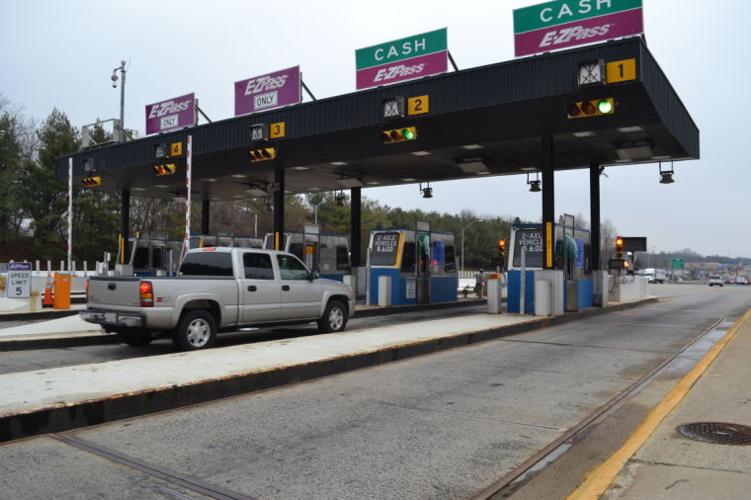
Millard E Tydings Memorial Bridge
The Millard E. Tydings Memorial Bridge carries Interstate 95 over the Susquehanna River between Havre de Grace and Perryville, Maryland.
From Bridges and Tunnels
The Millard E. Tydings Memorial Bridge was erected between January 1962 and November 1963 at the cost of $11 million to carry the Northeast Expressway/Interstate 95 over the Susquehanna River. It was dedicated, along with the highway it carries, by President John F. Kennedy on November 14, eight days before he was assassinated in Dallas, Texas. The bridge was named after Millard Tydings, a longtime political figure in Maryland who served as U.S. Senator between 1927 and 1951. The Northeast Expressway was renamed the John F. Kennedy Memorial Highway in 1964.
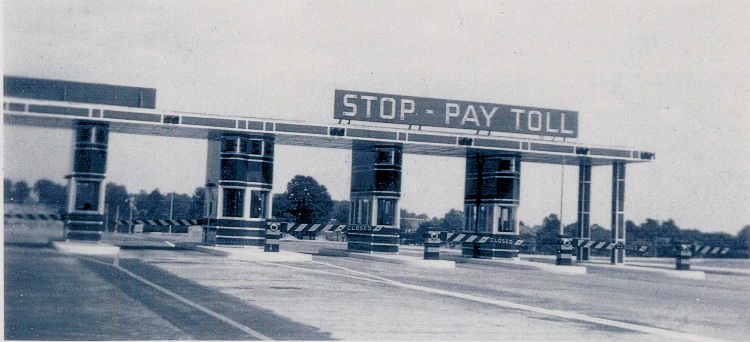
REMEMBER, don’t throw the Havre de Grace ‘stuff’ out when you’re cleaning out a home, settling an estate, or just ‘downsizing,’ without checking in with George. Don’t give him cause to cry!!!
Our ‘casual historian’ is always waiting for your stories and any memorabilia you may want to share.
Please SHARE these posts and SUBSCRIBE to his youtube channel.
